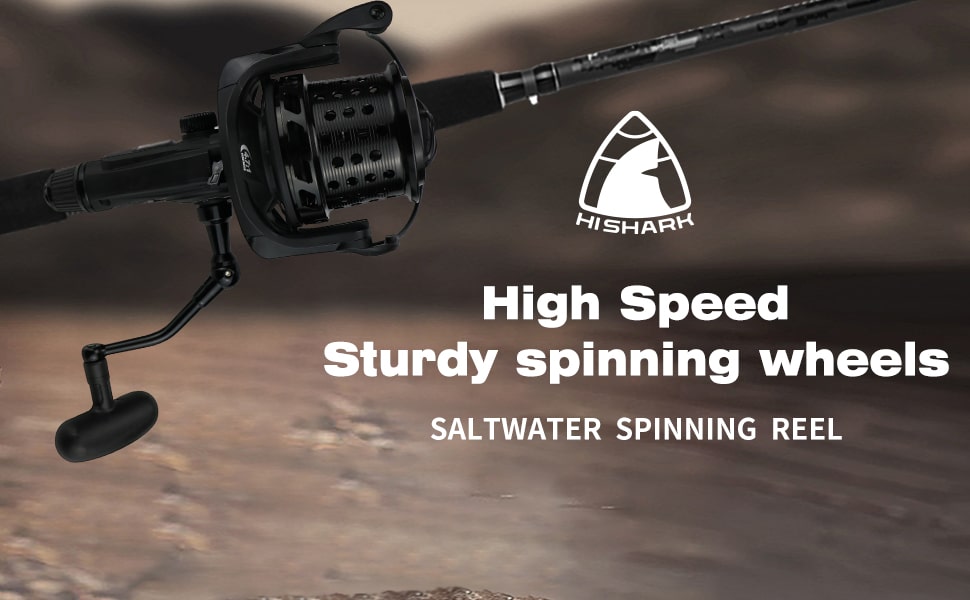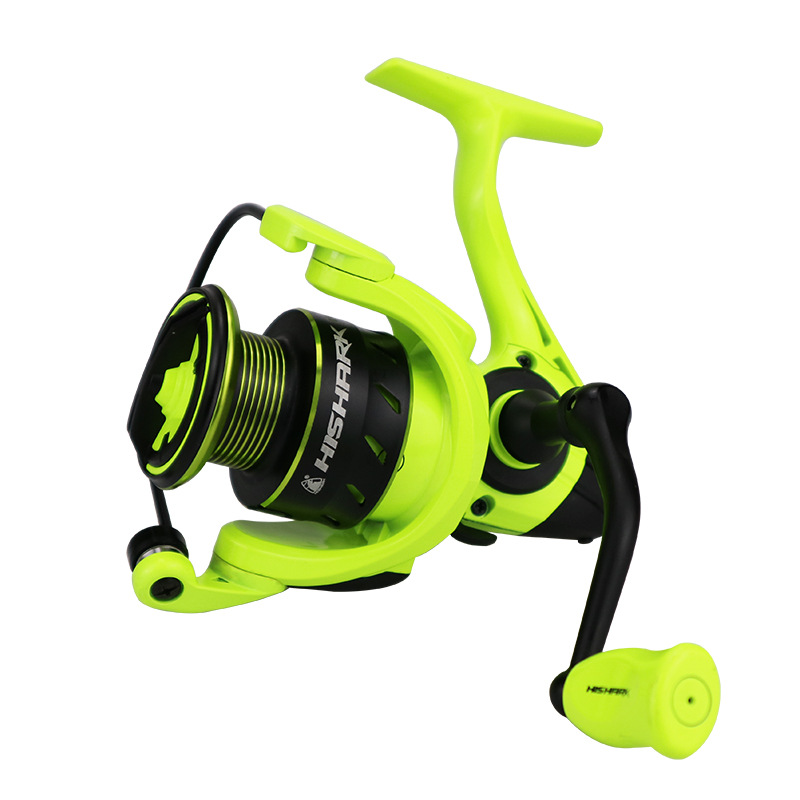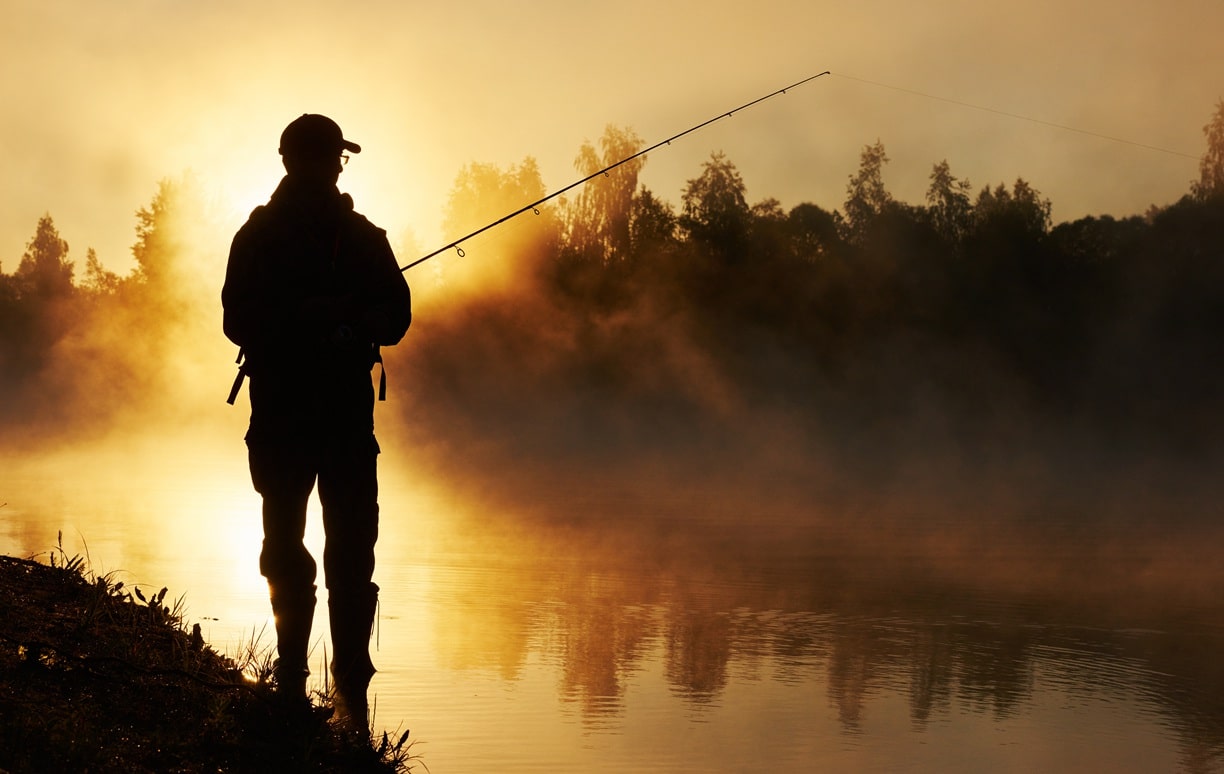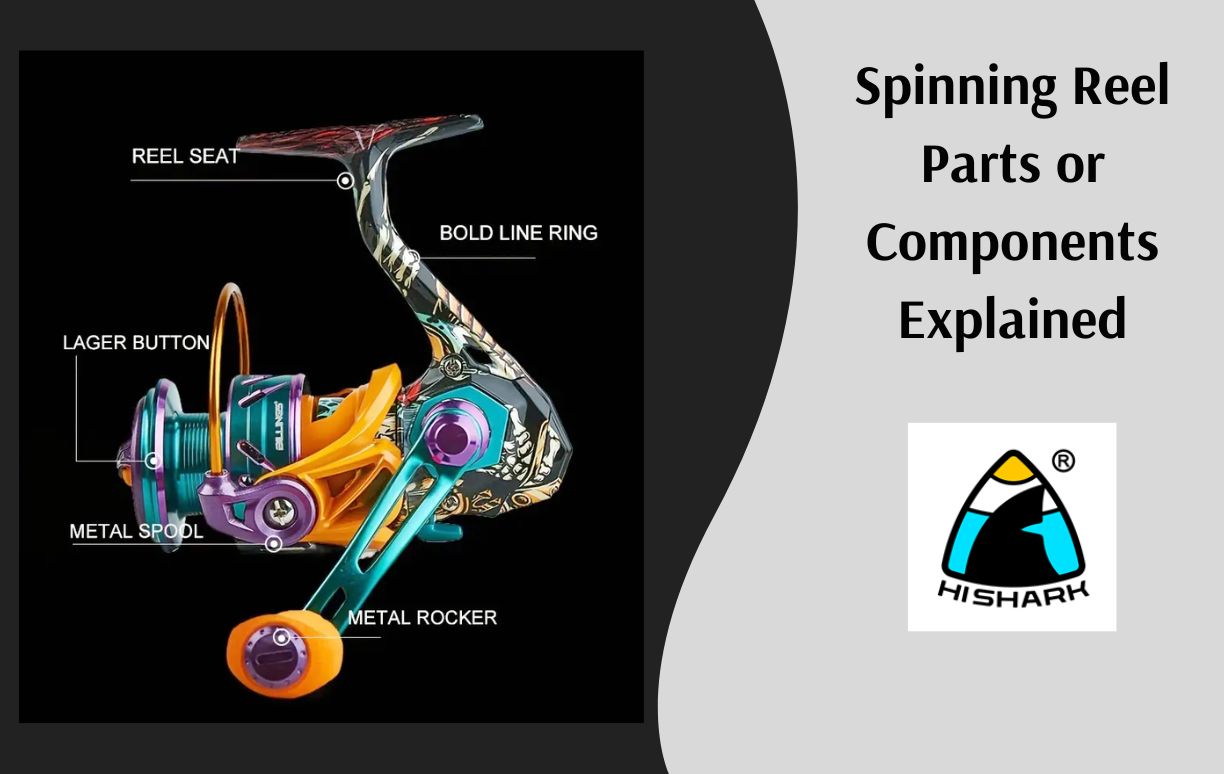Spinning Reel Tips and Tricks for Fishing
Spinning Reel Tips and Tricks for Fishing
September 2, 2024

2024 great Spinning Fishing Tips
Spinning Reel Tips: Enhance Your Fishing Experience
Fishing with a spinning reel offers versatility and ease, making it a popular choice among anglers of all skill levels. Whether you’re casting in freshwater lakes or tackling saltwater challenges, mastering your spinning reel technique can significantly improve your success on the water.
This comprehensive guide provides valuable tips and techniques to help you maximize your spinning reel’s performance and enhance your fishing experience.
Understanding Spinning Reels
Spinning reels are characterized by their open-faced design and a stationary spool that allows for smooth line retrieval. They’re versatile and suitable for various fishing techniques, from finesse fishing to heavy-duty applications. Understanding the basic components of a spinning reel is essential before diving into specific tips and techniques.
Choosing the Right Spinning Reel
Selecting the appropriate spinning reel depends on several factors, including the type of fish you target, fishing environment, and personal preferences. Consider the reel’s size, gear ratio, and construction materials:
- Reel Size: Choose a spinning reel size that matches the fish species you intend to catch. Smaller reels (1000-3000 series) are ideal for light tackle and finesse fishing, while large size spinning reels (4000-8000 series) are suitable for heavier lines and bigger fish.
- Gear Ratio: The gear ratio determines how quickly the spool turns relative to the handle’s rotation. Higher gear ratios (e.g., 6.2:1) retrieve line faster, making them suitable for techniques like jigging and fast retrieves. Lower gear ratios (e.g., 4.5:1) provide more torque, ideal for battling larger fish and retrieving heavy baits.
- Construction Materials: Look for reels made from durable materials like aluminum or carbon fiber for longevity and lightweight performance. Consider the reel’s weight, as lighter materials reduce fatigue during prolonged fishing sessions.
Setting Up Your Spinning Reel
Properly setting up your spinning reel ensures optimal performance and prevents avoidable issues on the water. Follow these steps for effective setup:
- Spooling the Reel: Begin by spooling your reel with high-quality fishing line appropriate for your target species and fishing technique. Use a backing line to prevent slippage and improve line capacity. Here you can review how to spool a spinning reel for more information.
- Adjusting the Drag: The drag system controls the amount of resistance applied when a fish pulls on the line. Set the drag according to the fish species you’re targeting and the line strength to prevent line breakage during intense fights.
- Balancing Rod and Reel: Ensure your spinning fishing reel is balanced with your fishing rod to optimize casting distance and accuracy. Match the rod’s power and action with the reel’s capabilities for efficient performance.
Casting Techniques
Achieving accurate and long-distance casts requires mastering various casting techniques. Practice the following methods to adapt to different fishing conditions:
- Overhead Cast: Position the rod tip slightly above eye level, release the bail, and smoothly cast the lure or bait toward your target area. Use a controlled motion to minimize line twist and achieve greater casting distance.
- Sidearm Cast: Ideal for low-clearance areas or when casting under overhanging vegetation, the sidearm cast involves a horizontal rod motion with a slightly lower trajectory. Practice this technique to avoid snagging obstacles and improve accuracy.
- Pitching: Use the pitching technique for precise casts to specific targets, such as docks or structure edges. Hold the line with your index finger, swing the rod tip towards the target, and release the line with a flick of the wrist for accurate placement.
Reeling in the Catch
Once you’ve hooked a fish, proper reeling technique is essential to landing your prize successfully:
- Smooth Retrieve: Engage the reel’s handle smoothly to maintain constant tension on the line. Avoid jerky motions that could cause the fish to spit out the hook or lead to line tangles.
- Adjusting Drag: Use the drag adjustment knob to increase or decrease resistance as needed during the fight. Gradually tire out the fish without risking line breakage, especially when targeting powerful species.
- Netting the Fish: When the fish is near the boat or shore, use a landing net to safely bring it aboard. Avoid lifting the fish by the line or pulling it directly onto dry surfaces to prevent injury and ensure its survival upon release.
Maintenance and Care
Regular maintenance extends the lifespan of your spinning reel and ensures reliable performance:
- Cleaning: After each fishing trip, rinse your reel with fresh water to remove salt, dirt, and debris. Use a soft brush to clean the reel’s exterior and internals, including the bail mechanism and drag system.
- Lubrication: Apply reel grease or oil to lubricate moving parts, such as bearings and pinion gears. Follow manufacturer guidelines for proper lubrication intervals and use products designed specifically for fishing reels.
- Inspecting Components: Periodically inspect the reel for signs of wear, including cracked handles, worn drag washers, or corroded parts. Replace damaged components promptly to prevent mechanical failures during fishing outings.
Advanced Spinning Reel Tips
Take your best spinning reel skills to the next level with these advanced tips:
- Line Management: Master line control techniques, such as line flipping and feathering, to manage slack and prevent line tangles during casts and retrieves.
- Drag Adjustments: Fine-tune the drag settings based on the fish’s behavior and environmental conditions. Increase drag resistance when targeting strong-fighting fish or decrease it for finesse presentations.
- Rod and Reel Matching: Experiment with different rod actions and lengths to complement your spinning reel’s capabilities. Match rod power and line weight ratings to optimize performance for specific fishing applications.
Summary of Spinning Reel tips
Mastering your fishing reel technique enhances your fishing success and enjoyment. By understanding your reel’s mechanics, choosing the right setup, practicing casting techniques, and maintaining proper care, you’ll be well-equipped to tackle diverse fishing challenges.
Whether you’re pursuing trophy fish or enjoying leisurely outings, these spinning reel tips and tricks will help you make the most of every fishing adventure.



















